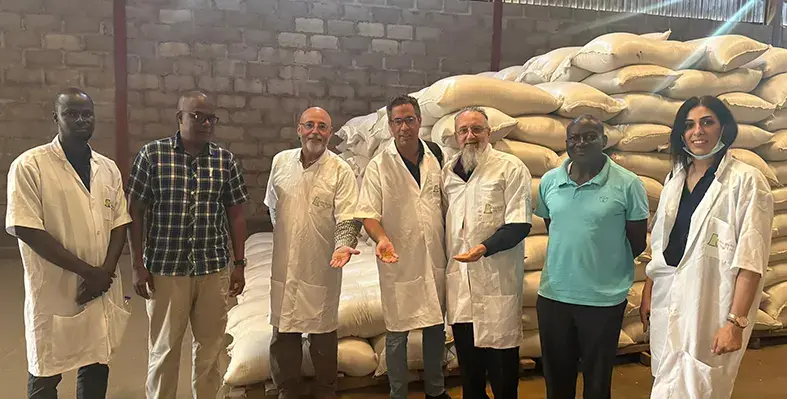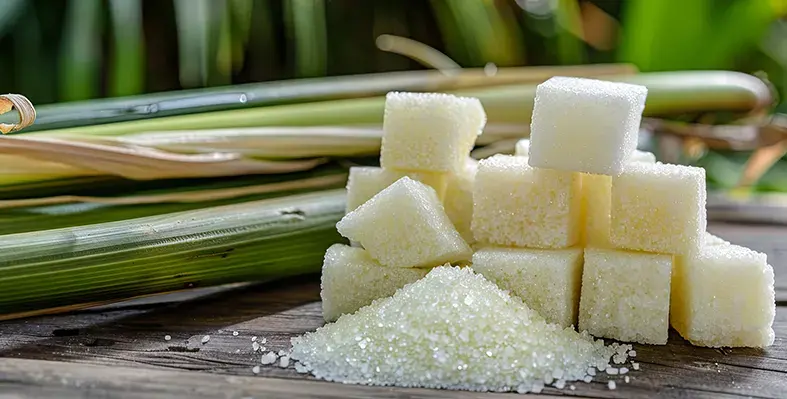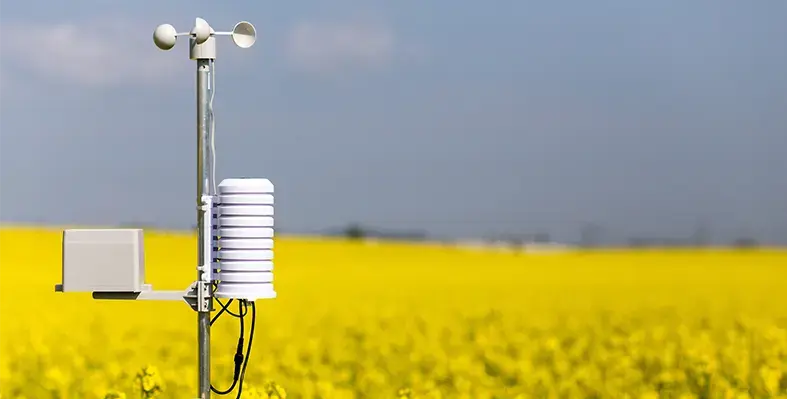
Distillers Dried Grains with Solubles (DDGS) is attracting increasing attention among African feed and broiler companies. (Image credit: DDGS)
Africa’s poultry industry is undergoing rapid growth, driven by rising consumer demand.
Yet, one constant remains a key challenge: feed cost and supply risk. For broiler producers across the continent, competitiveness still hinges largely on two staples—maize and soybean meal. Both are highly sensitive to currency fluctuations, seasonal scarcity, and global price swings, leaving producers vulnerable. As a result, modern poultry operations must rely not just on formulation expertise but also on ingredient flexibility and resilient supply chains.
Distillers Dried Grains with Solubles (DDGS) is attracting increasing attention among African feed and broiler companies. A recent commercial-scale trial in southwest Nigeria, supported by the U.S. Grains & BioProducts Council, offers the most rigorous local evaluation of DDGS to date. The study tested phased DDGS inclusion at levels up to 20%, monitoring growth performance, carcass yield, livability, and overall economics under real-world farm conditions.
Performance: Stable Growth and Resilient Flocks
The results were promising. Broilers fed DDGS-based diets performed comparably with conventional maize–soy formulations. Final body weights at 42 days matched industry standards, feed conversion ratios remained on target, and there was no negative impact on dressing percentage or key muscle yields. Organ development appeared normal across all test groups.
Perhaps most notably, birds in the highest DDGS inclusion group demonstrated stronger early weight gain and lower cumulative mortality. This suggests potential benefits for digestive development and overall flock resilience in tropical environments. Meat pH levels at 24 hours post-slaughter were slightly higher, often correlating with improved tenderness and water-holding capacity—traits increasingly valued in modern retail markets. In short, DDGS supported consistent production, early vitality, and carcass uniformity.
The Price Perspective
The trial occurred during a period when DDGS landed in Nigeria at a temporary premium compared to soybean meal, resulting in a modest rise in feed cost. However, as the report emphasises, pricing alone does not capture the strategic value. Shadow-price modelling placed DDGS’ cost-neutral value at roughly ₦610–₦620/kg. When operational benefits such as improved livability were factored in, the break-even point rose to ₦750–₦800/kg. In practical terms, a 20–25% spike in soybean meal prices or improved DDGS logistics could rapidly bring DDGS into cost parity. Such market fluctuations are routine in West African feed markets, making DDGS an important tool for risk management.
A Strategic Option for Feed Security
DDGS’ value proposition in Africa today is twofold:
A nutritionally sound, field-proven feed ingredient that is mycotoxin-free and already ground, reducing processing challenges.
A strategic hedge against protein and energy supply shocks, offering resilience in volatile markets.
As bulk import programs expand, the economics of DDGS strengthen. Large-scale vessel shipments into regional ports, aggregation across poultry, layer, and aquafeed sectors, and improved logistics coordination help stabilise landed costs. Markets that previously relied on bagged or containerised volumes often transition to bulk economics as adoption grows, positioning early DDGS users advantageously.
A Forward-Looking Feed Solution
The Nigerian trial confirms what many nutritionists have long suspected: DDGS can be successfully incorporated at commercial scale in Africa, with up to 20% inclusion in finisher diets without compromising production. More importantly, it highlights the significance of operational readiness. Mills that adopt DDGS now will move faster and trade smarter when price cycles and logistics favour the ingredient.
As Africa’s poultry and feed sectors mature, success will favour companies that combine technical rigour with procurement agility. DDGS provides a nutritional and strategic tool that helps producers move beyond a two-ingredient dependency, reducing exposure to maize and soybean price volatility. With supply chains deepening and bulk handling improving, DDGS is not merely an alternative—it is becoming a core component of modern African broiler feed.
Meriam Ben Saad, Administrative Assistant, Africa, U.S. Grains Council,said, "In this context, Distillers Dried Grains with Solubles (DDGS) has attracted growing attention in African feed and broiler companies. A recent commercial-scale trial in Nigeria, conducted in partnership with Amo Byng Nig.Ltd and supported by the U.S. Grains & BioProducts Council, provides the most rigorous local evaluation to date. The study examined phased DDGS inclusion up to 20% under real-world conditions in southwest Nigeria, monitoring performance, carcass yield, livability, and economics.''











